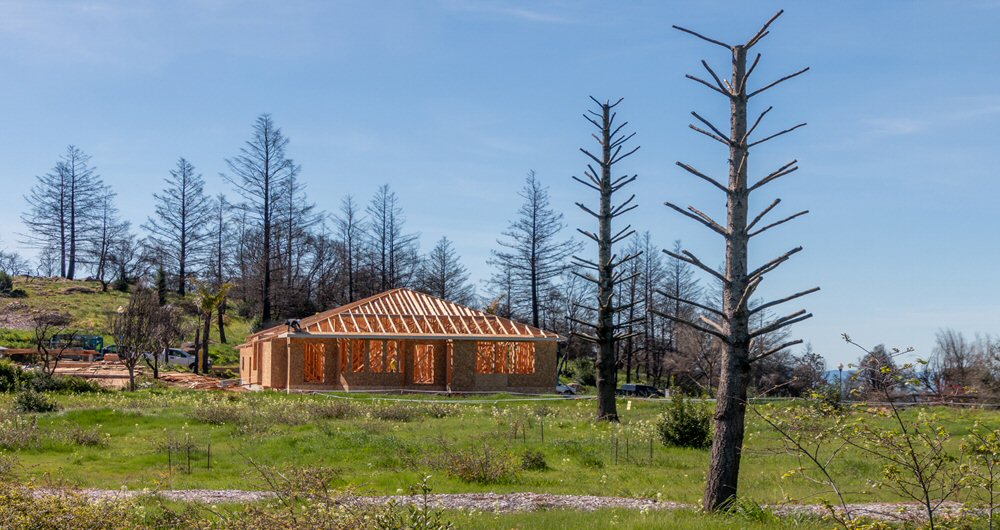When products look the same from one provider to the next, price is a powerful incentive to choose one over another. To explain policy differences, you first must understand them.
THE NEW BOTTOM LINE
Replacement cost limits under scrutiny because of widespread underinsurance
By Joseph S. Harrington, CPCU
Insurance is not just a commodity. It’s a contractual agreement to transfer risk. You don’t just “buy” insurance, but rather participate in a network of people and enterprises who share common risks that are carefully identified and priced. And so forth and so on … .
That’s what agents and brokers believe because (1) it’s true; and (2) it sustains the value producers provide as counselors on risk and insurance.
[T]he fact that producers often have to say “insurance is not a commodity” indicates that it is, in many respects, packaged and sold like a commodity, especially in personal lines.
Yet, the fact that producers often have to say “insurance is not a commodity” indicates that it is, in many respects, packaged and sold like a commodity, especially in personal lines. And, when it comes to selling commodities, especially those that look almost exactly the same from one provider to the next, price is a powerful incentive to choose one over another.
Commodity choices
So it is with homeowners insurance. Among policies that are written and structured almost identically, it’s understandable that some consumers believe they can competently procure coverage online with no human help and select the policy with the lowest premium with or without human advice.
Of course, there are important considerations the average consumer may not be aware of that come into play when purchasing homeowners coverage. These include, among others, the difference between the market value and the replacement cost value of a dwelling, the difference between actual cash value and replacement cost coverage, and the importance of coverage for increased costs during reconstruction to conform with the latest building codes and ordinances.
Considerations such as those are the bread and butter of personal lines producers, considerations where they demonstrate their expertise and provide value. Yet those binary distinctions are also, well, commoditized—to the point where they can be structured into automated applications.
Underinsured
It appears that the result of highly commoditized homeowners insurance is that many, if not most, households in the U.S. don’t have enough coverage.
It was reported in 2015 that Marshall & Swift/Boeckh, a well-known firm specializing in construction cost valuation, estimated that about 60% of residences in the U.S. were underinsured for the cost of their replacement. That estimation seemed to be borne out by the recent experience of California wildfires, which featured a high percentage of total losses to affected dwellings.
To support new homeowners insurance regulations, the California Department of Insurance in May 2018 cited a survey by the consumer group United Policyholders that indicates that some two-thirds of those affected by the 2017 North Bay wildfire were underinsured for dwelling coverage and 47% were underinsured for contents.
In response, California last summer enacted a law requiring homeowners insurers to either provide policyholders with updated replacement cost estimates every two years or apply an inflation factor to replacement cost coverage.
New bottom line?
The renewed scrutiny given to homeowners dwelling limits (and the contents limits derived from dwelling limits) creates a new, overriding consideration in place of premium for individuals buying homeowners coverage. For those affected by total losses, the dwelling limit may well become the new “bottom line,” the factor that determines which policy they will buy.
Will that lead to homeowners being over-insured? That’s possible, but not likely, as price pressure will still come to bear.
What’s more likely is that producers will face growing expectations to explain differences among carriers’ replacement cost calculations and to offer buyers guidance on how to get the best value for their premium dollar. It’s a chance to shine, but also a daunting task, as insurer replacement cost calculations are often opaque and can produce widely divergent results.
Replacement vs. reconstruction
A good way to start might be to become familiar with commercial construction valuation practices. A.W. Hooker, a Toronto-area firm specializing in surveying and cost consulting, advises commercial property owners to distinguish between “replacement” and “reconstruction” costs when determining their insurance needs.
As the firm describes them, reconstruction cost estimations are more comprehensive than those for replacement cost, taking into consideration demolition, site development, and other costs that may fall outside typical property coverage.
That type of analysis will help personal lines producers ask the right questions of carriers regarding replacement cost estimations. It will still be challenging to respond to consumer requests for recommendations, but we’re not selling a commodity here.





